Each year millions of Pacific salmon make a grand journey from the ocean to their freshwater spawning grounds at the end of their life cycles. This migration has rippling effects through food webs and ecosystems along the way.
Whether they decompose or are consumed by other animals, these salmon deliver both nutrients and contaminants they have accumulated in their bodies after spending most of their lives growing at sea. A team of researchers set out to study the transport of these nutrients and contaminants and trends as the salmon community changed over 40 years.
"This research is about the 'bright and dark sides' of Pacific salmon subsidies. We usually study them separately in the context of transport by animals, but nutrients and contaminants go hand-in-hand." The second question they address is how changes in the Pacific salmon community over time have impacted nutrient and contaminant transport.
To understand the significance of these questions, it helps to look at some of the aspects of the lives of different Pacific salmon species. Brandt says that where a species feeds on the food chain , how long it spends in the ocean, and how large it gets, are all important when considering contaminant concentrations. The environmental contaminants included in this study build up in food webs and increase in concentrations from prey to predators, in a process called biomagnification.
Despite these differences, pink salmon transported the largest overall amounts of contaminants, and this comes down to sheer numbers, says Brandt, Studying nutrients and contaminants together gives powerful insight into the environmental impacts of migratory species like salmon.
Fisheries Marine Biology New Species Geography Acid Rain Ecology Environmental Policy
United States Latest News, United States Headlines
Similar News:You can also read news stories similar to this one that we have collected from other news sources.
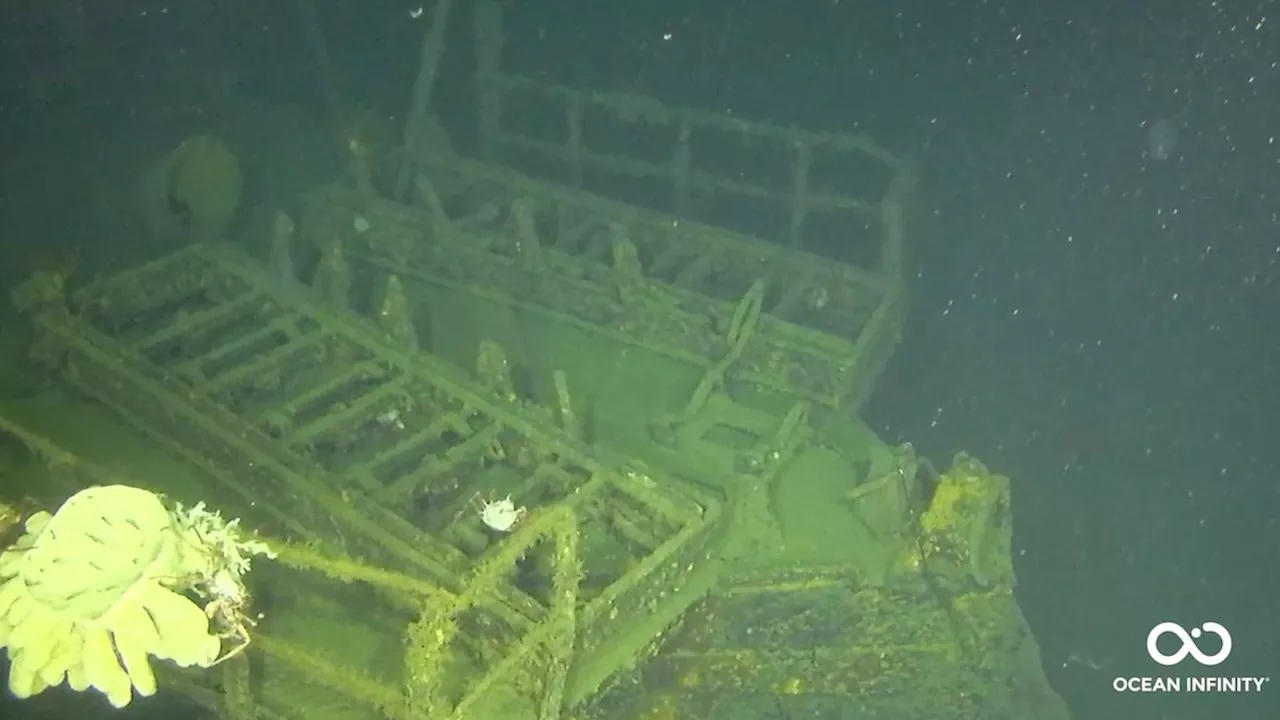 'Ghost Ship of the Pacific,' which fought on both sides in WWII, discovered near San FranciscoTom Metcalfe is a freelance journalist and regular Live Science contributor who is based in London in the United Kingdom. Tom writes mainly about science, space, archaeology, the Earth and the oceans. He has also written for the BBC, NBC News, National Geographic, Scientific American, Air & Space, and many others.
'Ghost Ship of the Pacific,' which fought on both sides in WWII, discovered near San FranciscoTom Metcalfe is a freelance journalist and regular Live Science contributor who is based in London in the United Kingdom. Tom writes mainly about science, space, archaeology, the Earth and the oceans. He has also written for the BBC, NBC News, National Geographic, Scientific American, Air & Space, and many others.
Read more »
 Asia-Pacific markets trade mixed as investors weigh China stimulus, oil gainsAsia-Pacific markets traded mixed on Friday following losses on Wall Street as concerns over Middle East tensions kept investors on edge.
Asia-Pacific markets trade mixed as investors weigh China stimulus, oil gainsAsia-Pacific markets traded mixed on Friday following losses on Wall Street as concerns over Middle East tensions kept investors on edge.
Read more »
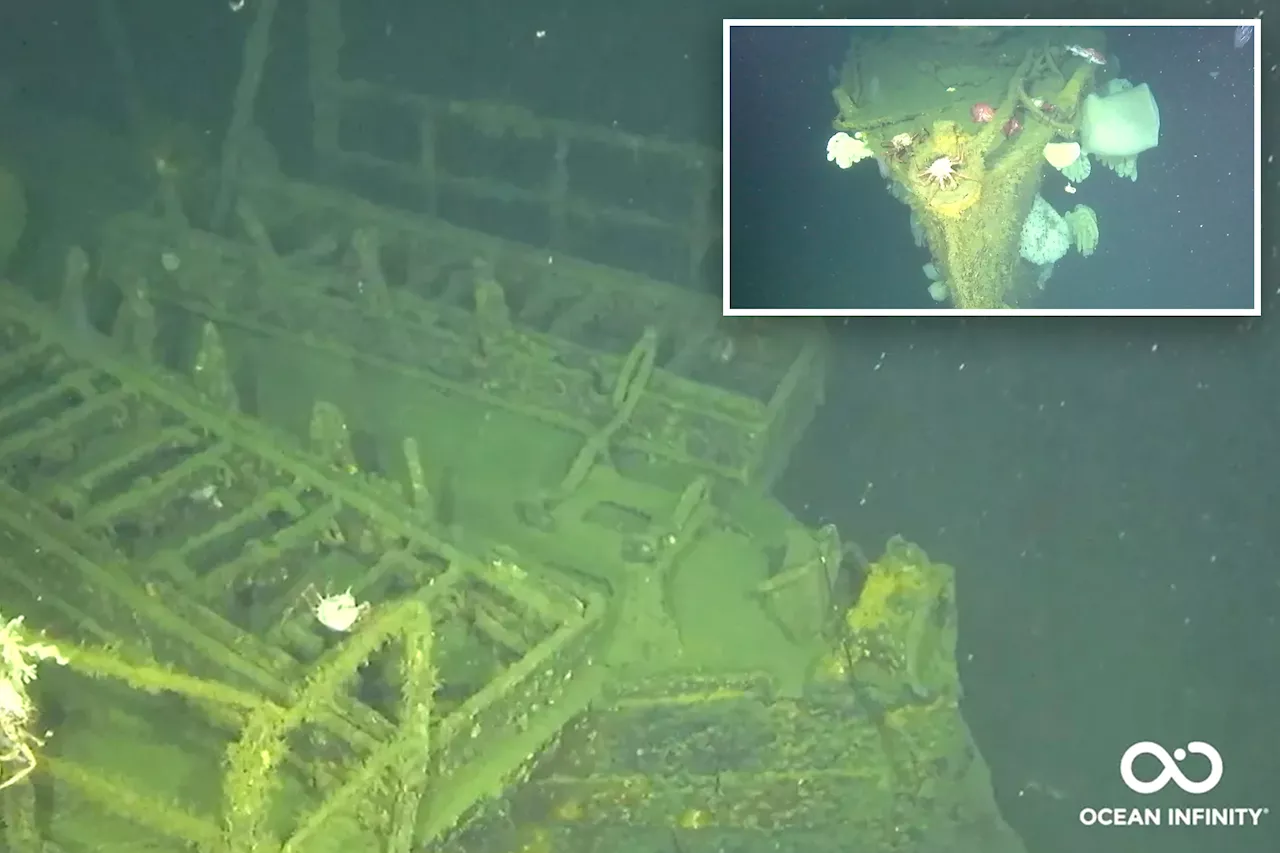 Wreck of WWII ‘Ghost Ship of the Pacific' discovered off California in 'exceptional' conditionToday's Video Headlines: 10/3/24
Wreck of WWII ‘Ghost Ship of the Pacific' discovered off California in 'exceptional' conditionToday's Video Headlines: 10/3/24
Read more »
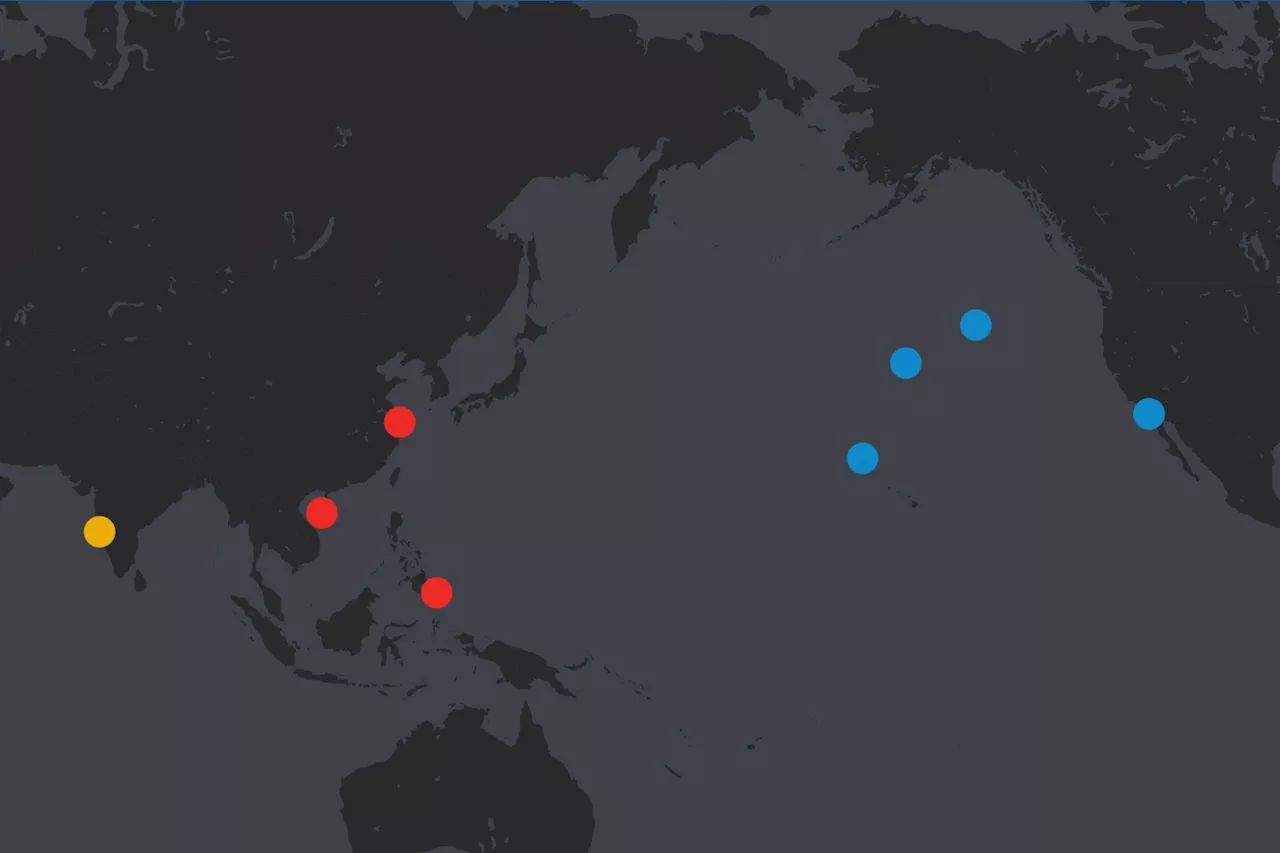 Map Shows US and China's Aircraft Carriers in Pacific This WeekAn American aircraft carrier recently left the West Coast and shifted its home port to Japan.
Map Shows US and China's Aircraft Carriers in Pacific This WeekAn American aircraft carrier recently left the West Coast and shifted its home port to Japan.
Read more »
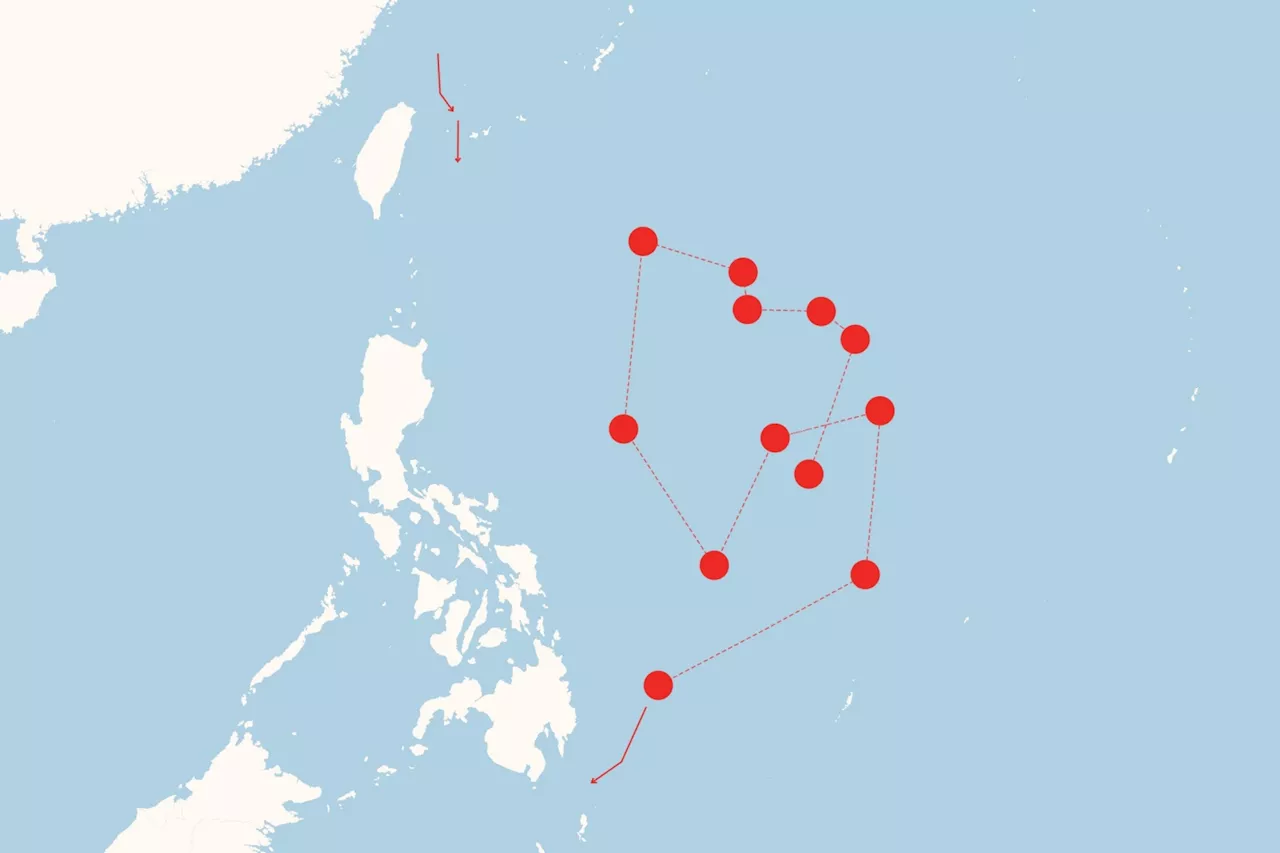 Map Shows Chinese Aircraft Carrier's Movements in PacificThe Chinese aircraft carrier CNS Liaoning was heading toward the Philippines and the South China Sea.
Map Shows Chinese Aircraft Carrier's Movements in PacificThe Chinese aircraft carrier CNS Liaoning was heading toward the Philippines and the South China Sea.
Read more »
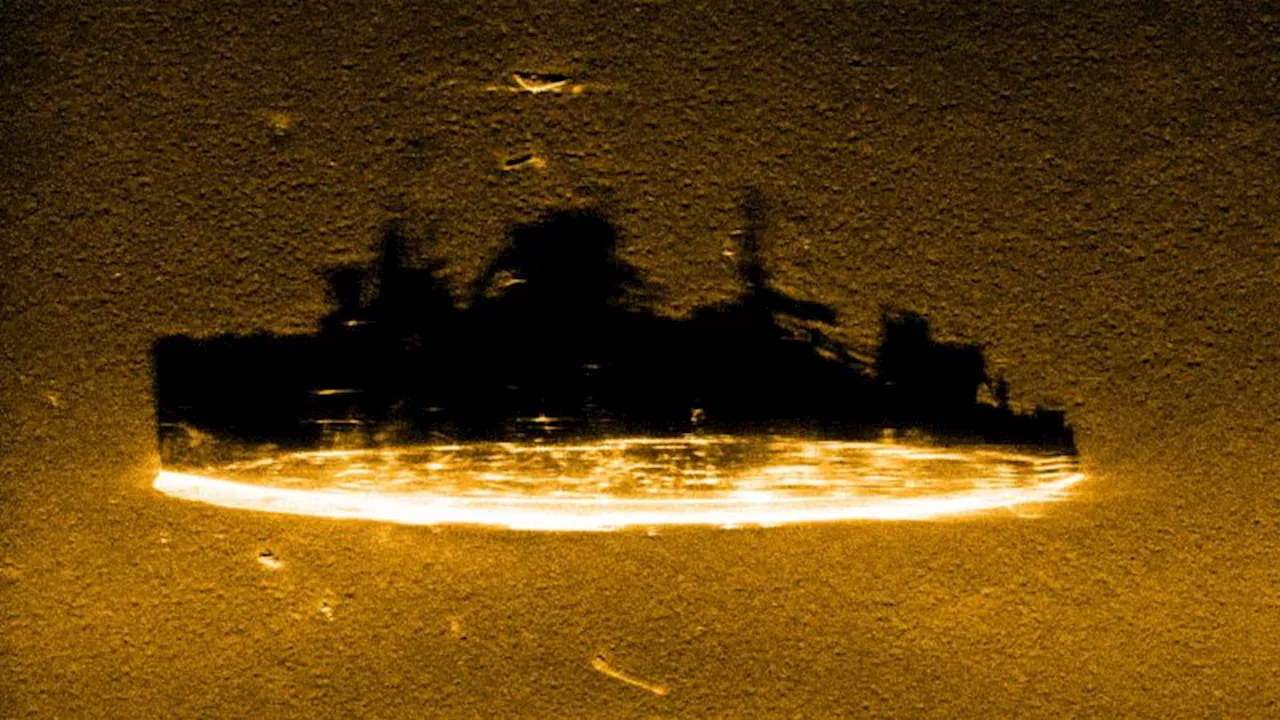 Wreck of US warship known as ‘Ghost Ship of the Pacific’ found in ‘exceptional’ conditionThe wreck of a US Navy destroyer known as the “Ghost Ship of the Pacific” has been found off the coast of California by undersea investigators.
Wreck of US warship known as ‘Ghost Ship of the Pacific’ found in ‘exceptional’ conditionThe wreck of a US Navy destroyer known as the “Ghost Ship of the Pacific” has been found off the coast of California by undersea investigators.
Read more »
